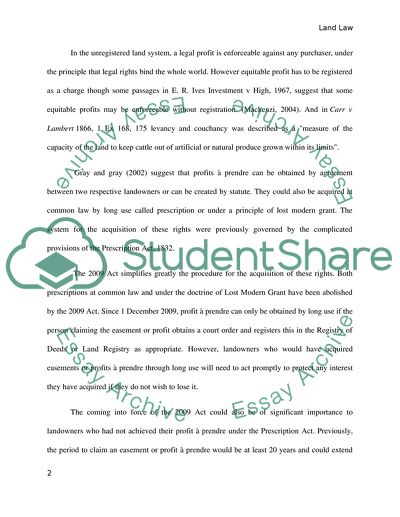Cite this document
(“The Owner of Roseland - Jean Essay Example | Topics and Well Written Essays - 2000 words”, n.d.)
The Owner of Roseland - Jean Essay Example | Topics and Well Written Essays - 2000 words. Retrieved from https://studentshare.org/law/1585292-land-law-assignment-1
The Owner of Roseland - Jean Essay Example | Topics and Well Written Essays - 2000 words. Retrieved from https://studentshare.org/law/1585292-land-law-assignment-1
(The Owner of Roseland - Jean Essay Example | Topics and Well Written Essays - 2000 Words)
The Owner of Roseland - Jean Essay Example | Topics and Well Written Essays - 2000 Words. https://studentshare.org/law/1585292-land-law-assignment-1.
The Owner of Roseland - Jean Essay Example | Topics and Well Written Essays - 2000 Words. https://studentshare.org/law/1585292-land-law-assignment-1.
“The Owner of Roseland - Jean Essay Example | Topics and Well Written Essays - 2000 Words”, n.d. https://studentshare.org/law/1585292-land-law-assignment-1.


